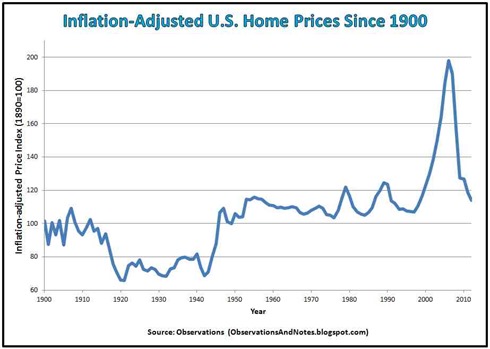VJ Day and what has happened to the dollar since 1946
Posted By RichC on August 20, 2014
There were a few articles on VJ day this past weekend marking the anniversary of Victory over Japan and focused on the relief we felt ending World War II. While glancing at the front pages, it made me realize how the dollar has lost value … or if you’re dollar biased, how much goods and services have inflated.

Click image for large and to read the numbers.
For example, an issue of the Wall Street Journal sold for 7 cents in 1946 compared to the $2 per issue we see today – that’s a more than 2800% increase! I was thinking that college tuitions were inflated? Well I guess they are too … for example a full year at the University of Michigan would have cost $1125 in state ($1260 out of state) compared to $27,440 today ($40K out of state). Yikes … that non-resident number is an over 3000% increase!
Oil was also a bit cheaper “back in the day” at $1.41/barrel compared to $95/barrel today – an over 6000% increase … and even Gold at $34.71 has increased 3700%. What about on the earning side? Well using the St. Louis Fed numbers, the “average hourly earning of production and nonsupervisory employees in manufacturing” earned $1/hr in 1946, which compares to today average of $19.60/hr – a little less than a 2000% increase giving an average worker far less buying power for each hour of work when seeking an education, buying fuel, investing in gold or even reading a newspaper.
To be fair, there are a few areas where the dollar goes further. Milk was 70 cents per gallon and has increase far less than average wages (only 450%) … similar to other foods. Housing, according to Observations and Notes, remain on par with inflation, although like automobiles, it is hard to compare the average house/car in 1946 to what is considered average today. And how about technology? Radios, TVs, air conditioning and phones … perhaps not as important as food, or shelter, but most see them as “near” essentials.
But really, are things more expensive … or has the dollar been devalued … and what does the latest round of money printing suggest is in our future?


Comments